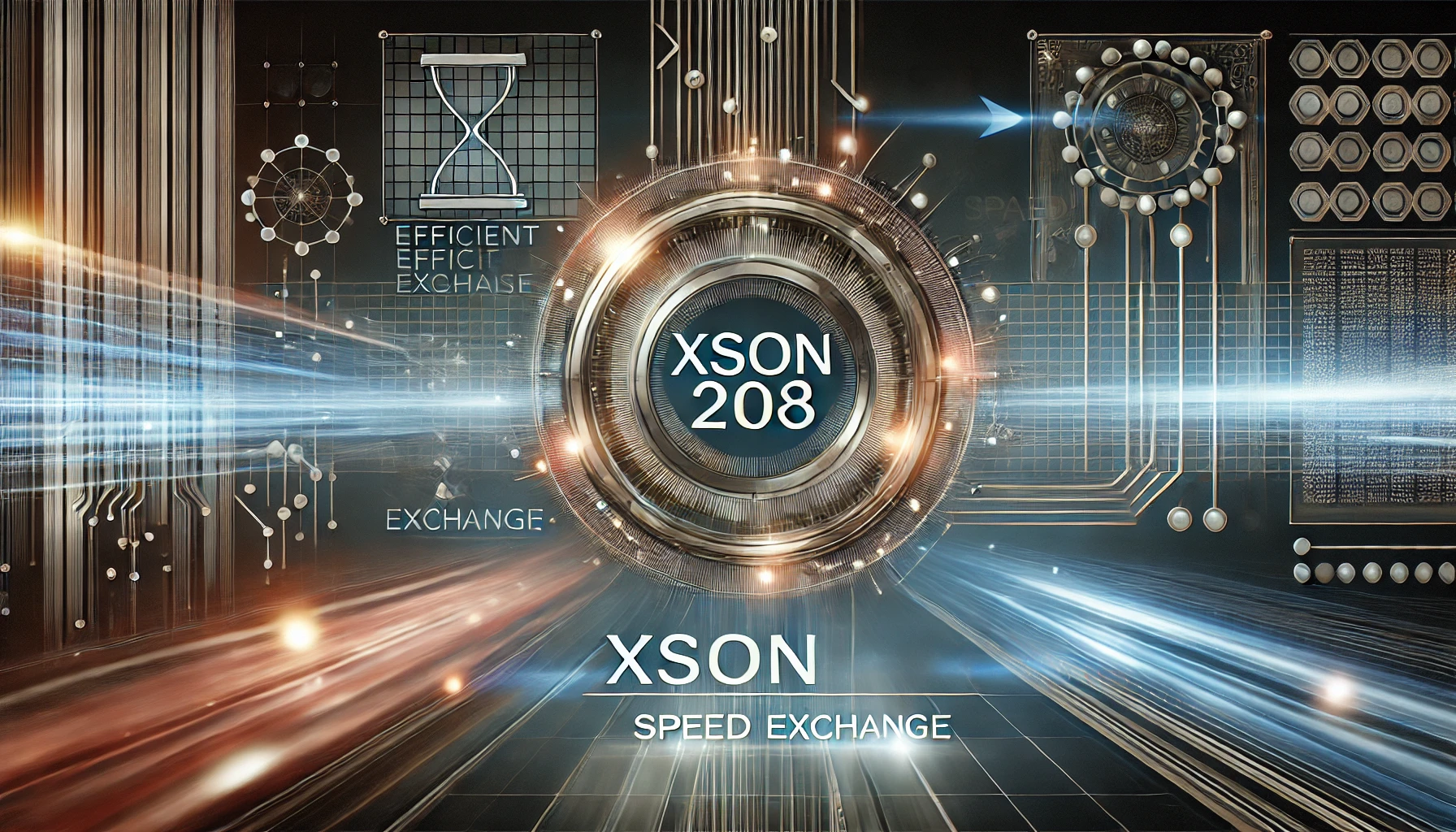If you’ve stumbled upon the term xson208 and are curious about what it means, you’re in the right place. This blog will cover everything you need to know about xson208, why it matters, and how it’s used. Whether you’re a tech enthusiast, researcher, or just plain curious, we’ve got you covered.
Let’s dive in!
What Is XSON208?
XSON208 is a term often associated with cutting-edge technology, particularly in areas like data exchange, serialization, or system integrations. While its exact purpose can vary depending on the context, it typically refers to a lightweight and efficient format for exchanging structured data between systems.
Think of xson208 as a bridge that connects different platforms, making it easier for them to “talk” to each other. It’s fast, scalable, and designed for modern applications.
Why Is XSON208 Important?
In today’s fast-moving world, systems need to share data seamlessly. Here’s where xson208 shines. It provides:
- Speed: XSON208 processes data faster than many traditional methods.
- Efficiency: It’s lightweight, meaning it uses fewer resources.
- Compatibility: Works across a variety of systems and platforms.
- Scalability: Perfect for small and large projects alike.
These qualities make xson208 a favorite in industries like software development, IoT, and data analysis.
Key Features of XSON208
Let’s break down some of its standout features:
1. Lightweight Structure
XSON208 is compact. It uses minimal data overhead, which speeds up processing and reduces storage requirements.
2. High Compatibility
XSON208 works well with modern programming languages and frameworks. Developers love it because it’s easy to integrate.
3. Flexible Data Formats
You can use xson208 to handle various types of data – from text to numbers to complex structures. It’s versatile and adapts to different needs.
4. Error Handling
It has built-in mechanisms to catch and handle errors during data transmission. This ensures smooth communication between systems.
How XSON208 Is Used in Real Life
You’re probably wondering, “Where is xson208 actually used?” Here are some common scenarios:
1. Application Programming Interfaces (APIs)
Many APIs use xson208 to send and receive data. Its lightweight nature ensures quick responses, making user experiences smoother.
2. Internet of Things (IoT)
IoT devices constantly exchange data. XSON208 ensures this happens efficiently, even for devices with limited processing power.
3. Big Data Analytics
In big data projects, processing speed matters. XSON208 helps handle large volumes of data quickly and effectively.
4. Mobile Applications
Mobile apps rely on efficient data formats to perform well on devices with limited resources. XSON208 is a popular choice for such applications.
Advantages of XSON208
Why choose xson208 over other formats? Here’s why:
- Fast Processing: Its simple structure makes it faster than alternatives.
- Resource Efficient: Consumes less memory and bandwidth.
- Widely Supported: Compatible with most modern systems.
- Developer-Friendly: Easy to implement and debug.
Potential Challenges with XSON208
While xson208 offers many benefits, it’s not without challenges:
- Learning Curve: New users might need time to understand its structure.
- Limited Documentation: Some users find it harder to get started due to sparse guides.
- Specific Use Cases: It’s not always the best choice for highly complex data sets.
However, most of these challenges can be overcome with proper tools and resources.
How to Get Started with XSON208
Ready to try xson208? Follow these steps:
- Learn the Basics
- Start by understanding its syntax and structure.
- Look for simple tutorials online.
- Choose the Right Tools
- Many programming languages have libraries for xson208.
- Pick the one that works best for your project.
- Experiment
- Begin with small test cases.
- Gradually implement it into larger systems.
- Join Communities
- Engage with forums and groups to learn from experienced users.
Conclusion
XSON208 is a game-changer in the world of data exchange. It’s fast, efficient, and easy to use once you get the hang of it. Whether you’re working on APIs, IoT, or mobile apps, xson208 has something valuable to offer.
While there might be a slight learning curve, its advantages far outweigh the challenges. By following the steps above, you’ll be well on your way to mastering this powerful tool.
FAQs About XSON208
1. What is xson208 used for?
XSON208 is used for fast and efficient data exchange between systems, especially in APIs, IoT, and big data applications.
2. Is xson208 better than JSON?
It depends on the use case. XSON208 is often faster and lighter than JSON, making it ideal for resource-constrained systems.
3. How can I learn xson208?
Start with online tutorials and guides. Experiment with small projects to understand how it works.
4. Is xson208 widely supported?
Yes, it is compatible with most modern programming languages and platforms.
5. Are there any downsides to using xson208?
The main challenges include a slight learning curve and limited documentation, but these can be overcome with practice and research.
Now that you’ve learned about xson208, why not give it a try in your next project? It might just be the tool you’ve been looking for!








